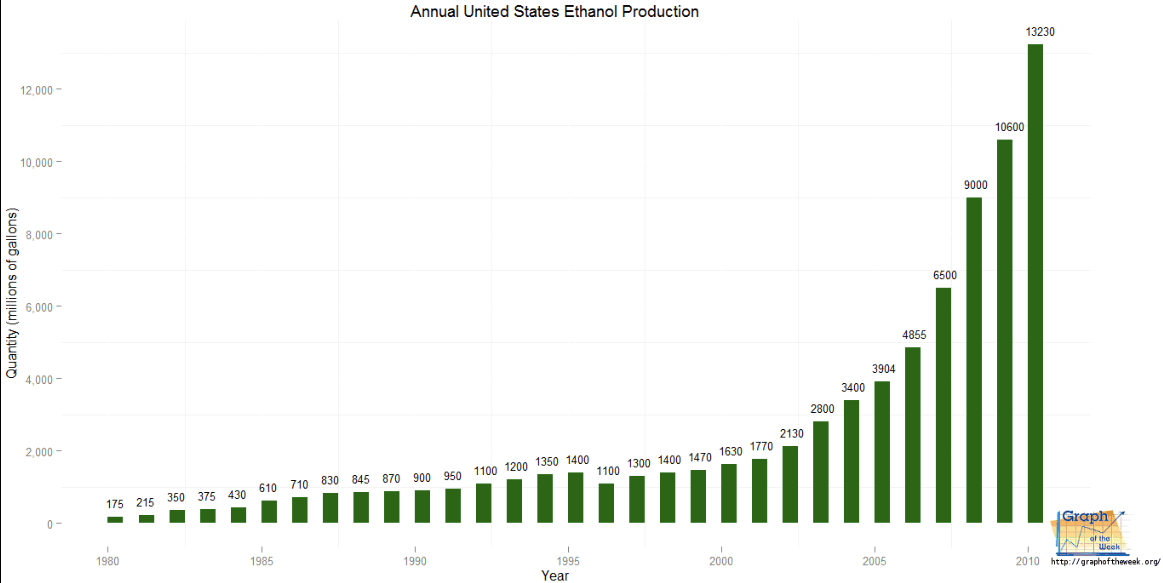The Stew BLOG
Is This Any Way to Run a Business? A Population Health Business, That Is!
There, I said it. The “b” word: business. As in “the business of population health,” or perhaps more comfortably, “population health is everyone’s business.”
Common to every line of business—whether nonprofit, government or private, teeny or gargantuan, driven by an insatiable desire for profits, or a commitment to the common good—is that everyone has a source of financing that sustains them. Otherwise they wouldn’t be in “business.”
For a school’s parent-teacher association (or PTA), that source might be bake sales and car washes. For casinos, it’s the willingness of people to lose money in the hope of striking it rich. And yes, the source can even be OPM (other people’s money), as in China’s willingness to finance deficit spending in the United States.
What is the financing source that sustains population health efforts?
Loaded question, that. As pointed out in a recent blog by my colleague Kim Farris-Berg, the most common financing source for local partnerships working on population health is grants. As every small nonprofit knows, a life of living on grants is a life of living on the edge. There is constant worrying about whether the funding will materialize.
Surely population health deserves more than that.
How many delivery system reform incentive payment (DSRIP) programs or state innovation model (SIM) grants can we expect in the future? If not to these or to philanthropy, where do we turn? To social impact bonds, which fund one small initiative at a time, loaded with transaction costs and contingent on proofs found only in textbooks? To blending and braiding? Wellness funds? These two are techniques and they work only if — yes, if — there’s a funding source to blend and braid or deposit in a wellness fund.
So I’m going to teeter out onto the furthest, frailest limb and make this prediction: absent its own funding source—one specific to population health—our efforts will remain snail-fully slow, a Lilliputian outcome to the Gulliver of need, poor Sisyphus with the unending challenge.
Please do not take my prediction the wrong way. The sustainable financing team here at RTH has been interviewing partnerships around the country to learn about their progress and challenges with financing population health. There are so many dedicated, hard-working, persistent people around the country, making real things happen for their communities.
For them I ask: isn’t it time we made their work easier? Isn’t it time we recognize that there’s enough evidence about the need for, and results from, population health investments that we back it with certain money?
You might ask why should we spend even more money than the $3 trillion we already spend on health care, or the trillions in taxes? Well, one answer is so we can spend less in the future. Another answer is that people who have money like to keep it that way, or at least control how it’s spent. Investing in population health requires some different ways of thinking about the power of investment returns, and what we expect from them.
Finally, as you undoubtedly have noticed, our health costs, health disparities, and health outcomes are becoming a real trouble spot for the country—economically, socially, and lacking justice. Nothing like a dedicated funding source to make things happen–and fast! For example:
- In 1965, the passage of Medicare and Medicaid gave significant impetus to the private-industry growth of nursing homes. Between 1960 and 1975, the number of nursing homes in the United States increased 140%, nursing home beds increased by 302%, and revenues rose 2,000%.
- Since the passage of the Low Income Housing Tax Credit in 1986, 2.4 million affordable housing units have been produced, and by the private sector.
- Ethanol subsidies had been on the books since 1978. But in 2004, Congress applied the tax exemption to any gasoline blended with at least 10% ethanol. This graph says it all.
 So let’s think like the business start-ups we are: how do we claim our toehold in the marketplace? What dedicated funding will sustain our gigantic dreams? It’s an important dream, worthy of gigantic funding, no?
So let’s think like the business start-ups we are: how do we claim our toehold in the marketplace? What dedicated funding will sustain our gigantic dreams? It’s an important dream, worthy of gigantic funding, no?
Please comment below or contact the author: [email protected]
Follow us on Twitter! @stacymbecker @ReThinkHealth

